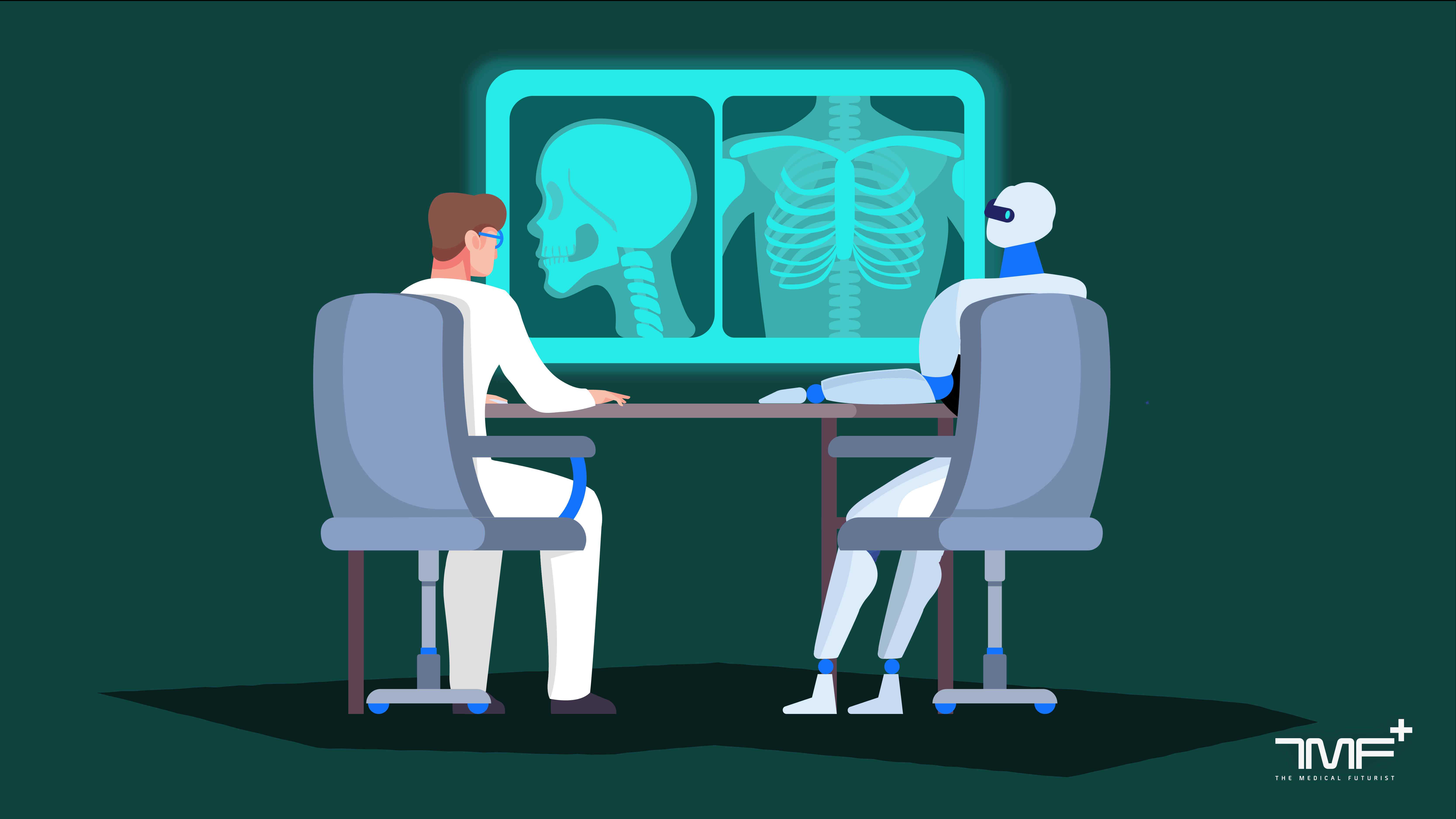Navigating Medicare Fraud in the Digital Healthcare Era: The Vital Role of Medicare Fraud Lawyers
In the landscape of healthcare, the rise of digital technologies has brought unprecedented advancements. Among these challenges, Medicare fraud stands as a significant concern. This kind of fraud poses threats to the integrity of the healthcare system and the well-being of patients. In this article, we delve into the important role of Medicare fraud lawyers in combating this pervasive issue. We will focus on the context of the digital healthcare revolution.
Understanding Medicare Fraud
Medicare fraud is a big problem that hurts the healthcare system and patients. Here, we look closely at what makes it complicated. We’ll talk about the different tricks fraudsters use and how they affect healthcare. Knowing all about Medicare fraud is key to stopping it.
Common types of Medicare fraud
Fraudsters employ a wide array of tactics to perpetrate Medicare fraud, continuously evolving their methods to evade detection. These may include:
– Submitting false claims for medically unnecessary services
– Upcoding or unbundling charges to inflate reimbursement amounts
– Engaging in illegal kickback schemes with healthcare providers or suppliers
– Identity theft, where personal information is stolen and used to fraudulently bill Medicare
In combating these tactics, the expertise of a medicare fraud lawyer becomes invaluable. They possess the legal expertise to uncover fraudulent activities and hold perpetrators accountable.
Impact on the healthcare system and patients
The ramifications of Medicare fraud extend beyond financial losses. They directly impact the healthcare system and patients. Fraudulent activities drain vital resources from Medicare. They divert funds that could otherwise be allocated to legitimate patient care. Moreover, patients may suffer adverse consequences, including:
– Receiving unnecessary or substandard care
– Experiencing financial hardship due to fraudulent charges
– Losing trust in the healthcare system
Role of Medicare Fraud Lawyers
Navigating Medicare fraud requires the expertise of legal professionals in healthcare law. In this section, we explore the indispensable role of Medicare fraud lawyers in combating fraudulent activities.
Who are Medicare fraud lawyers?
Medicare fraud lawyers play a pivotal role in safeguarding the integrity of the healthcare system. They advocate for justice on behalf of victims. These legal professionals have specialized experience in healthcare regulations and laws.
Expertise and Responsibilities
Medicare fraud lawyers are adept at:
– Investigating suspected instances of fraud
– Analyzing intricate billing and medical records
– Identifying patterns indicative of fraudulent activities
Their responsibilities encompass representing clients in legal proceedings, including civil and criminal cases. Moreover, they serve as trusted advisors, guiding clients through the complexities of fraud investigations. They ensure their client’s rights are protected throughout the legal process.
Importance of Legal Representation in fraud cases
In the fight against Medicare fraud, the importance of legal representation cannot be overstated. Medicare fraud cases often involve intricate legal nuances. Thus, they require thorough documentation and analysis. By leveraging their expertise, Medicare fraud lawyers serve as advocates for justice and accountability.
Digital Healthcare Revolution
The incorporation of digital technologies into healthcare systems has ushered in an era of efficiency. In this section, we explore the profound impact of the digital healthcare revolution on the landscape of Medicare fraud. We will highlight its benefits and challenges.
Advancements in Digital Healthcare Technologies
The digital healthcare revolution encompasses a range of technological advancements aimed at:
– Improving patient care
– Enhancing operational efficiency
– Facilitating remote access to healthcare services
From electronic health records (EHRs) to telemedicine platforms, these advancements have transformed the delivery of healthcare. Also, these innovations allow for more personalized and accessible care.
Benefits for Patients and Healthcare Providers
Digital healthcare technologies offer numerous benefits for patients and healthcare providers. Patients can:
– Access medical services remotely
– Receive timely care
– Engage in teleconsultations with healthcare professionals
Moreover, electronic health records streamline administrative processes and improve care coordination among healthcare providers. These benefits lead to better outcomes and reduced healthcare costs.
Increased Risk of Fraud in Digital Systems
Digital healthcare technologies have many advantages. However, their widespread adoption has also introduced new vulnerabilities that fraudsters may exploit. Some of these vulnerabilities include:
– Cyberattacks targeting sensitive patient data
– Fraudulent billing schemes facilitated by electronic systems
– Identity theft is among the risks associated with digital healthcare platforms
As such, the digital revolution needs heightened vigilance in detecting and preventing Medicare fraud.
Utilizing Data Analytics
Data analytics plays a key role in recognizing patterns and anomalies indicative of fraudulent activities. In this section, we delve into the significance of data analytics in the fight against Medicare fraud. You will know its role in strengthening fraud detection efforts.
Role of Data Analytics in Fraud Detection
Data analytics entails the systematic analysis of vast amounts of healthcare data to identify irregularities in:
– Billing patterns
– Provider behavior
– Patient demographics
By using machine learning techniques, data analytics can detect suspicious activities that may otherwise go unnoticed. These analytical tools enable Medicare fraud investigators to:
– Uncover fraud schemes
– Identify fraudulent claims
– Prevent financial losses to the healthcare system
Importance of data-driven approaches for Medicare fraud lawyers
Data-driven approaches are essential for Medicare fraud lawyers in building robust cases against perpetrators. By analyzing comprehensive datasets, Medicare fraud lawyers can:
– Establish patterns of fraudulent behavior
– Present compelling evidence in legal proceedings
Moreover, data-driven approaches enable proactive fraud prevention strategies and mitigate fraud risks before they escalate.
Collaboration with Tech Experts
In the fight against Medicare fraud, collaboration between legal professionals and technology experts is essential. In this section, we explore the importance of interdisciplinary collaboration. We will delve into the role of technology experts in strengthening fraud prevention efforts.
Importance of Interdisciplinary Collaboration
Addressing Medicare fraud requires a multidisciplinary approach that brings together legal expertise and technological innovation. By collaborating with technology experts, Medicare fraud lawyers can gain valuable insights into:
– The latest advancements in cybersecurity
– Data analytics
This interdisciplinary collaboration enables a holistic understanding of fraud risks. It also facilitates the development of comprehensive fraud prevention strategies.
Working with Technology Experts to Combat Digital Fraud
Technology experts help Medicare fraud lawyers identify vulnerabilities in healthcare systems. Cybersecurity specialists can:
– Assess the security posture of digital healthcare platforms
– Identify potential weaknesses
– Recommend measures to enhance data protection and prevent unauthorized access
Moreover, data scientists and forensic analysts can:
– Assist in analyzing healthcare data
– Identify patterns indicative of fraudulent activities
– Develop predictive models to detect and prevent fraud
Sharing Knowledge and Resources
When lawyers and tech experts work together and share what they know, they can come up with better ways to fight Medicare fraud. By working openly together, they can use their different skills to find new solutions. Also, talking about what works and what’s new in stopping fraud helps everyone get better at it. This teamwork makes our fight against healthcare fraud stronger.
Conclusion
Medicare fraud persists as a challenge in the digital healthcare era, underscoring the vital role of Medicare fraud lawyers. These professionals play a crucial part in investigating and prosecuting fraudulent activities. Collaboration with tech experts and leveraging data analytics are key strategies in this fight.














